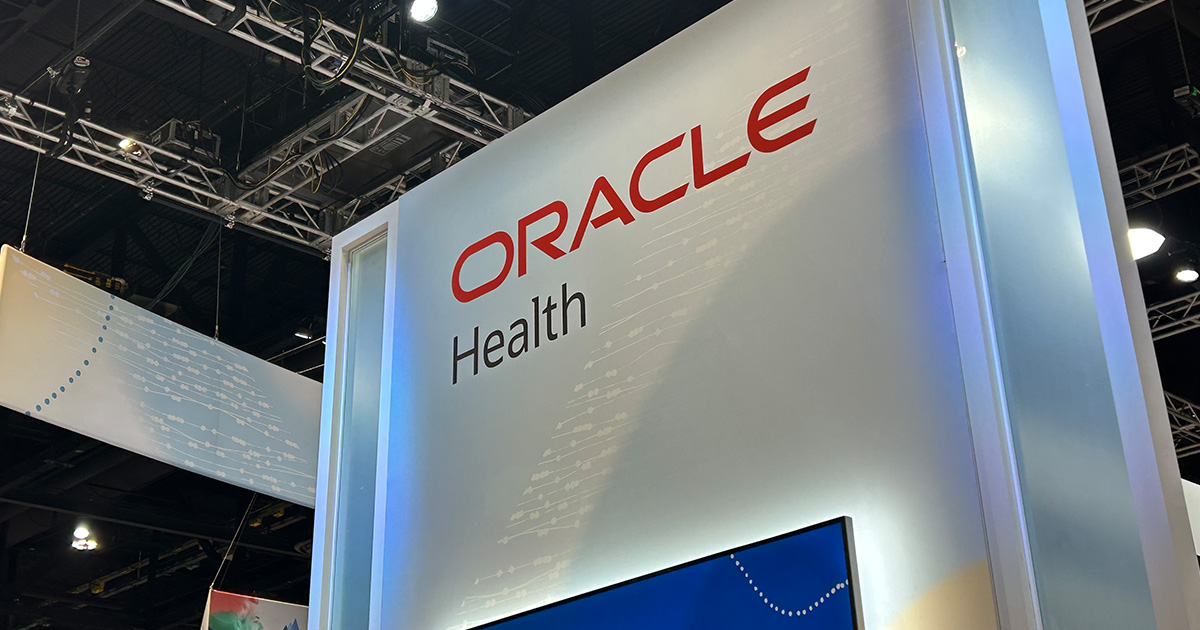
OSF HealthCare, a health system serving Illinois and Michigan, prides itself on innovation and digital transformation. It has more than 26,000 employees, 171 locations including 17 hospitals, and more than 2,215 employed primary care, specialist and advanced practice providers.
THE CHALLENGE
Not too long ago, OSF HealthCare had encountered significant challenges in managing its extensive provider data. The existing homegrown platform struggled with maintaining data accuracy and efficiency. This fragmentation negatively impacted scheduling and the overall digital experience for patients seeking care online – making it difficult to provide a seamless provider and location directory experience and to effectively support other digital tools.
Key challenges included disparate and inaccurate data, as provider information was scattered across multiple systems, leading to inconsistencies and outdated details. Manual processes for updating this data were time-consuming and prone to delays, creating inefficient workflows.
The digital product team at OSF HealthCare frequently had to address business questions arising from these data inaccuracies due to a lack of robust governance. Additionally, integrating provider data with various digital touchpoints – such as the website and chatbot – was complex.
"The scalability of our data management also posed a significant challenge, especially when integrating provider data from newly acquired entities like Katherine Shaw Bethesda Hospital, now known as OSF HealthCare Saint Katherine Medical Center," said Tom Caldera, director of digital products at OSF HealthCare.
PROPOSAL
The proposed solution to the health system's provider data management challenges involved working with vendor Kyruus Health to establish a single source of truth for provider and location data. The primary objective was to operationalize a system that would support self-service options for patients and centralize OSF HealthCare's provider data management capabilities.
"The core of the proposal was to leverage Kyruus Connect for Providers to create a system-wide database of enriched provider profiles," explained Melissa Shipp, vice president of digital experience at OSF OnCall, the digital health arm of OSF HealthCare. "This involved standardizing data fields and implementing a formal auditing and governance process.
"This process would consolidate comprehensive data elements, such as board certification, credentialing details, practice locations, educational background and accepted insurance plans," she continued. "This centralized, normalized master data management capability was intended to serve as a one-stop source for all digital tools."
Furthermore, the vendor's APIs were expected to be crucial for powering OSF HealthCare's digital ecosystem, enabling seamless data flow to the digital experience platform, provider and location directory, AI-powered chatbot and online care guide.
"This unified and accurate data source was anticipated to alleviate the challenges of disparate data, inefficient workflows and integration difficulties," Shipp said.
MEETING THE CHALLENGE
OSF HealthCare implemented the vendor's provider data management technology, establishing it as the single source of truth for provider and location data. This involved creating a system-wide database of enriched provider profiles through Kyruus Connect for Providers, standardizing data fields, and implementing a formal auditing and governance process.
"Currently, nine data files are ingested nightly from three core sources into the vendor's technology for centralized management," Caldera explained. "These sources include credentialing systems and OSF's Epic EHR. This process consolidates comprehensive data elements, such as board certification, credentialing details, practice locations, educational background and accepted insurance plans.
"The APIs are crucial for powering OSF's digital ecosystem, handling approximately 150,000 calls per month," he continued. "This enables seamless data flow to the vendor's Sitecore digital experience platform, the provider and location directory, and the AI-powered chatbot and online care guide, Clare from Fabric. Nearly all provider profile data now originates from Kyruus Health, with nightly batch processes overwriting and reloading fresh data."
Data validation responsibilities have been shifted to the most relevant departments, establishing clear processes and accountability, he added.
"Routine collaborative audits and reporting to a data governance council reinforce the strategy for complete accuracy in key data fields," he said. "Users also can make real-time edits to provider data via the platform, significantly improving efficiency and responsiveness.
"Even with acquisitions, such as Katherine Shaw Bethesda Hospital, which operates on a separate Kyruus Health instance due to a different EHR, OSF HealthCare uses API calls to create a unified patient experience on the front end," he continued. "Specific logic and code differentiate those providers and modify the online scheduling experience to use the vendor's native booking tool for those providers."
RESULTS
OSF HealthCare has achieved several significant hard results by implementing this technology. First, improved data accuracy and consistency.
"One key metric is that 76.5% of active, schedulable employed provider profiles are now well-configured," Shipp reported. "This drastically improved quality and reliability of provider data was achieved by establishing Kyruus Health as the single source of truth and implementing robust governance with targeted 100% accuracy goals.
"The automation of daily changes and nightly data ingestion from core systems, combined with clear data ownership, has significantly reduced the burden of manual data updates, contributing directly to this improved accuracy," she added.
The second success was enhanced online patient access and search relevance.
"Another success metric is that 79% of our employed providers are configured with clinical keywords for improved search relevance," Shipp explained. "The accurate and detailed provider information powered by the technology makes it easier for patients to find the right care through a more effective provider and location directory and chatbot.
"The ability of the platform to handle 150,000 API calls per month ensures that the OSF HealthCare website, provider and location directory, and chatbot are consistently powered by accurate data, directly contributing to this enhanced access and search relevance," she continued.
A third achievement was streamlined workflows and operational efficiency.
"The technology has led to significantly streamlined workflows and operational efficiency," Caldera reported. "The development team's day-to-day Kyruus-related workflows are now minimal due to established APIs and integrations.
"This frees up team resources as manual data updates have been significantly reduced through automation and clear data ownership," he said. "This efficiency allows for faster time-to-market for new digital tools, as the reliable data foundation and robust APIs enable OSF HealthCare to develop and scale digital tools more quickly."
ADVICE FOR OTHERS
Provider organizations considering using provider data management technology should prioritize deeply understanding their current patient experience and use those insights to guide their strategy, Shipp advised.
"It's crucial to acknowledge that patients expect the convenience of scheduling care online, and a clear strategy for data integrity, self-service scheduling and evolving patient expectations is paramount," she said. "Without a robust plan for these areas, organizations risk falling behind in meeting patient demands."
Furthermore, it's vital to focus on thoughtful planning and execution, especially when navigating complex aspects like integrating data from post-acquisition entities and modernizing patient access points, Caldera added.
"Establishing a centralized, normalized master data management capability can provide a one-stop, single source for all digital tools, which is essential for maintaining consistent and accurate information across various patient touchpoints," he concluded. "Organizations also should consider the scalability of the chosen technology and its ability to support future digital experiences, as a robust data foundation and API framework can be infinitely extended to meet evolving needs and enable proactive, patient-centered care."
Follow Bill's HIT coverage on LinkedIn: Bill Siwicki
Email him: bsiwicki@himss.org
Healthcare IT News is a HIMSS Media publication.
WATCH NOW: Helpful tips on smart rooms from OhioHealth


